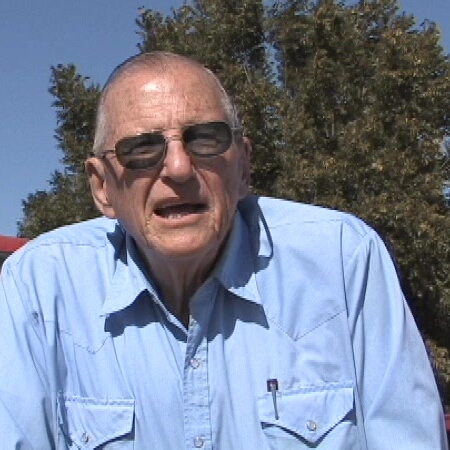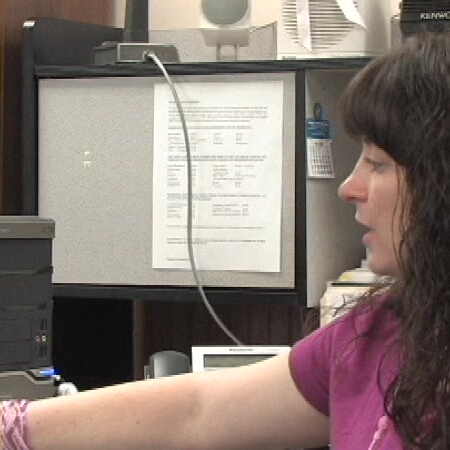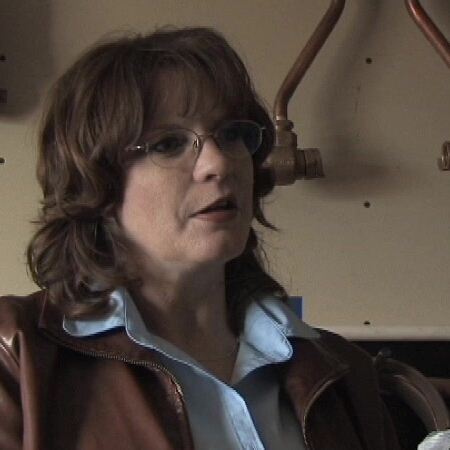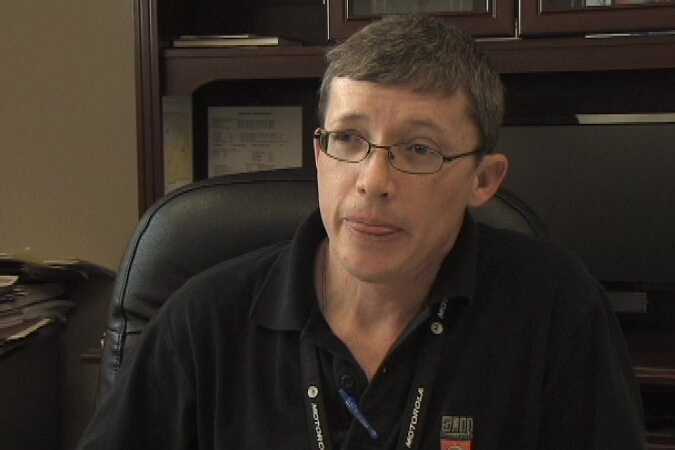When thinking about mapping, a utility should also think very creatively for potential reduced cost options to access computer mapping expertise. Potential options include community college, university, or high school students who have taken courses on GIS mapping who may be willing to work as an intern to gain experience in mapping. Or perhaps a college or high school class would consider taking on a utility map as a class project. County, city, or state governmental agencies may offer free base maps or they may be able to assist with developing a map.
Data on locations can be gained by using a global positioning system (GPS) device. Simple versions of these devices can be purchased at many retail stores for very little cost and they are designed to be user friendly and simple to operate. These types of devices can be used to gather point data for visible assets (such as hydrants, manholes, valves, wells, storage tanks, pump stations, storm drains) and line data for water or sewer pipes. The accuracy of the simple devices is sufficient to create a reasonably accurate picture of the utility and can be adequate for most smaller utilities. A larger utility may wish to have higher accuracy GPS readings and could invest in more sophisticated GPS equipment or hire outside consultants to compile this information.
It gives you a picture of how your
structure is laid out.
--Scot Jaynes, Tucumcari, NM
|
IV-4

|
In terms of gathering data for the map, it is best to start with what is
already known about the utility from any maps - hand drawn or otherwise - that
the utility has. The utility may have "as-built" drawings or maps that
show assets that were installed during construction projects.
These maps are intended to provide accurate information regarding the
assets that were installed during the project. However, they may be
limited in terms of scope in that they may show only the newly installed
assets and not a comprehensive view of all the assets in the utility, and
they may not be entirely accurate. Current operators and managers and
retired operators or managers can work to fill in as many gaps in the
information as possible. Additional gaps might be filled in by residents
who were living in the area when the utility was built, or by engineers or
construction contractors involved in the design or installation of the utility.






